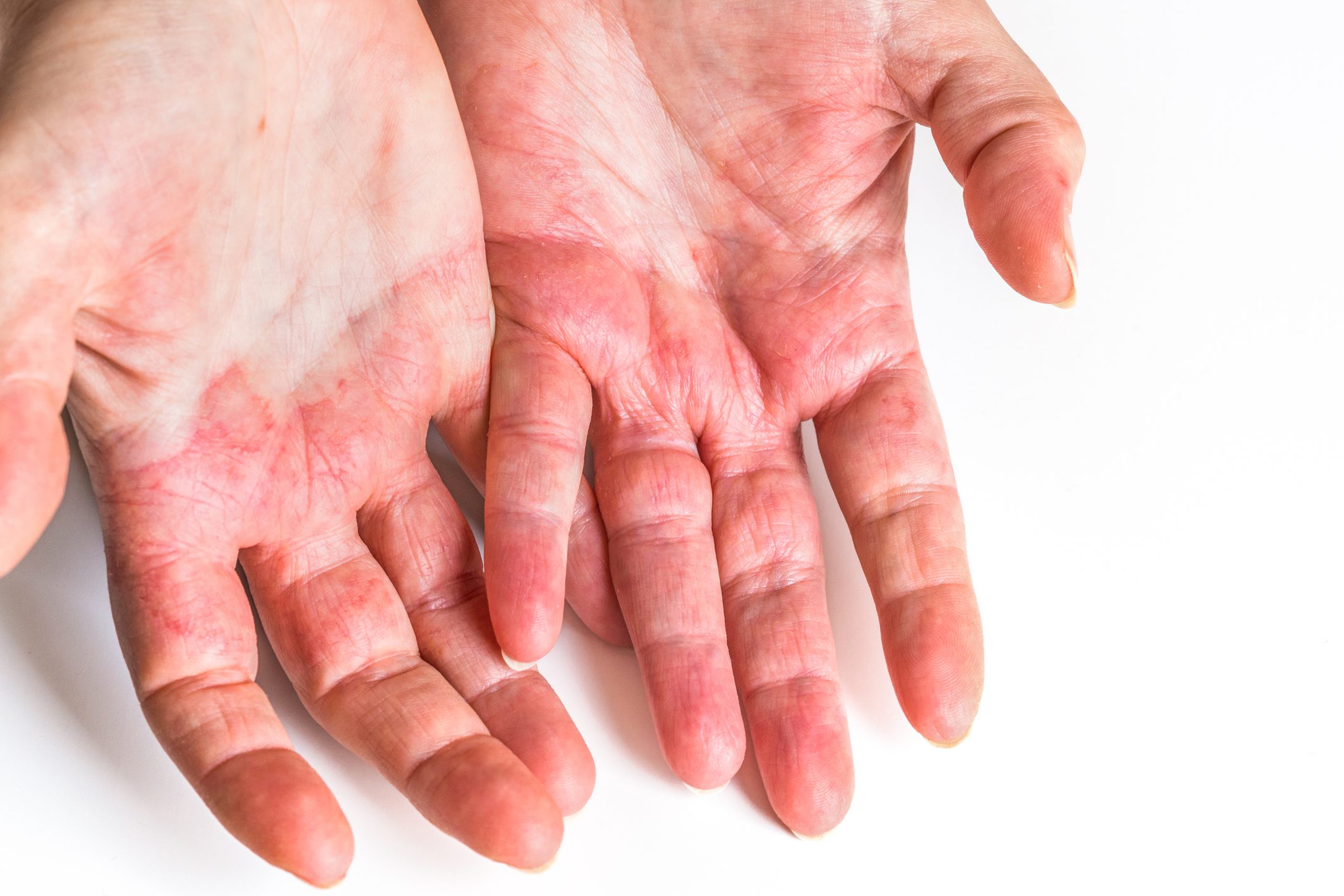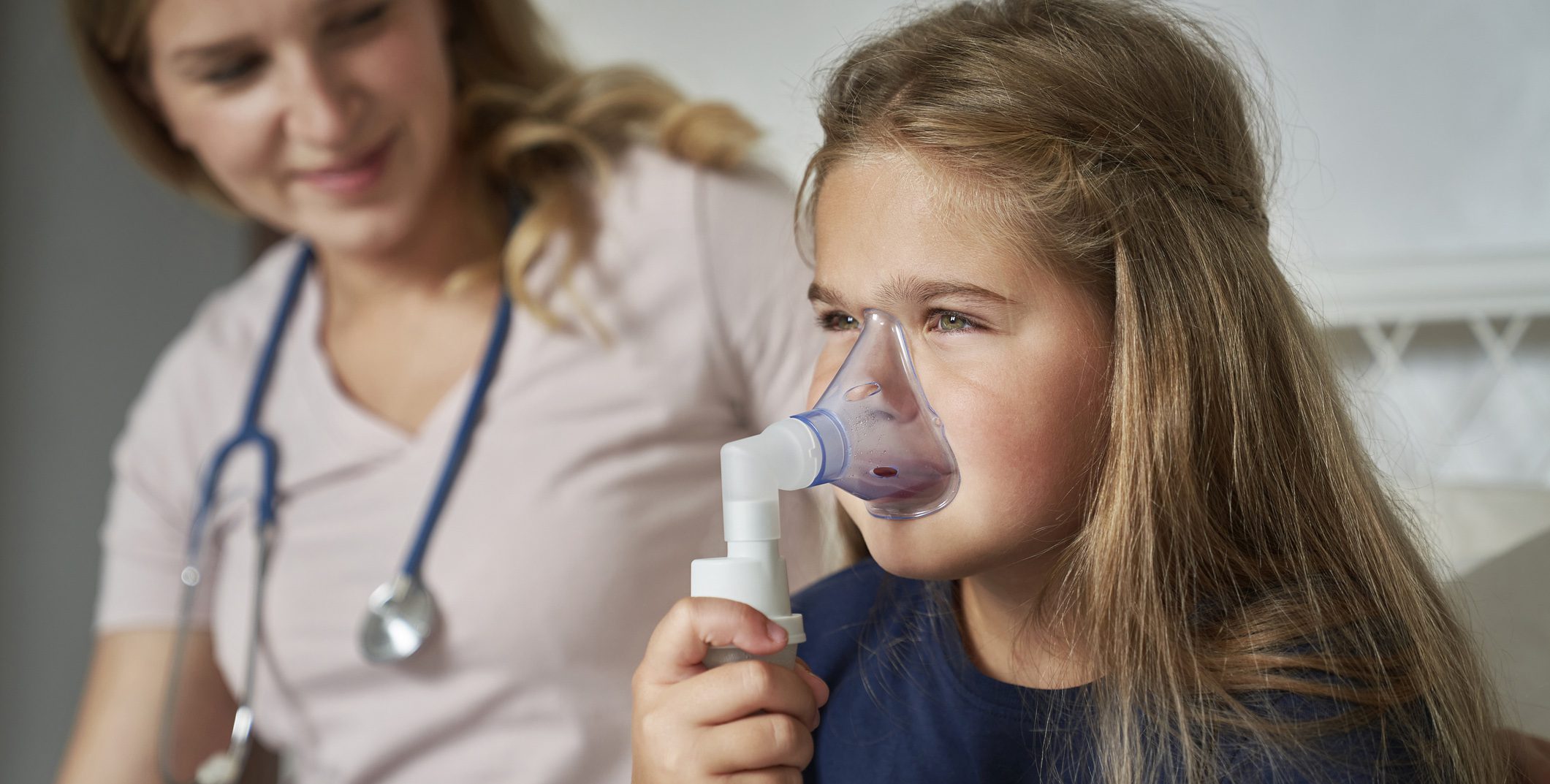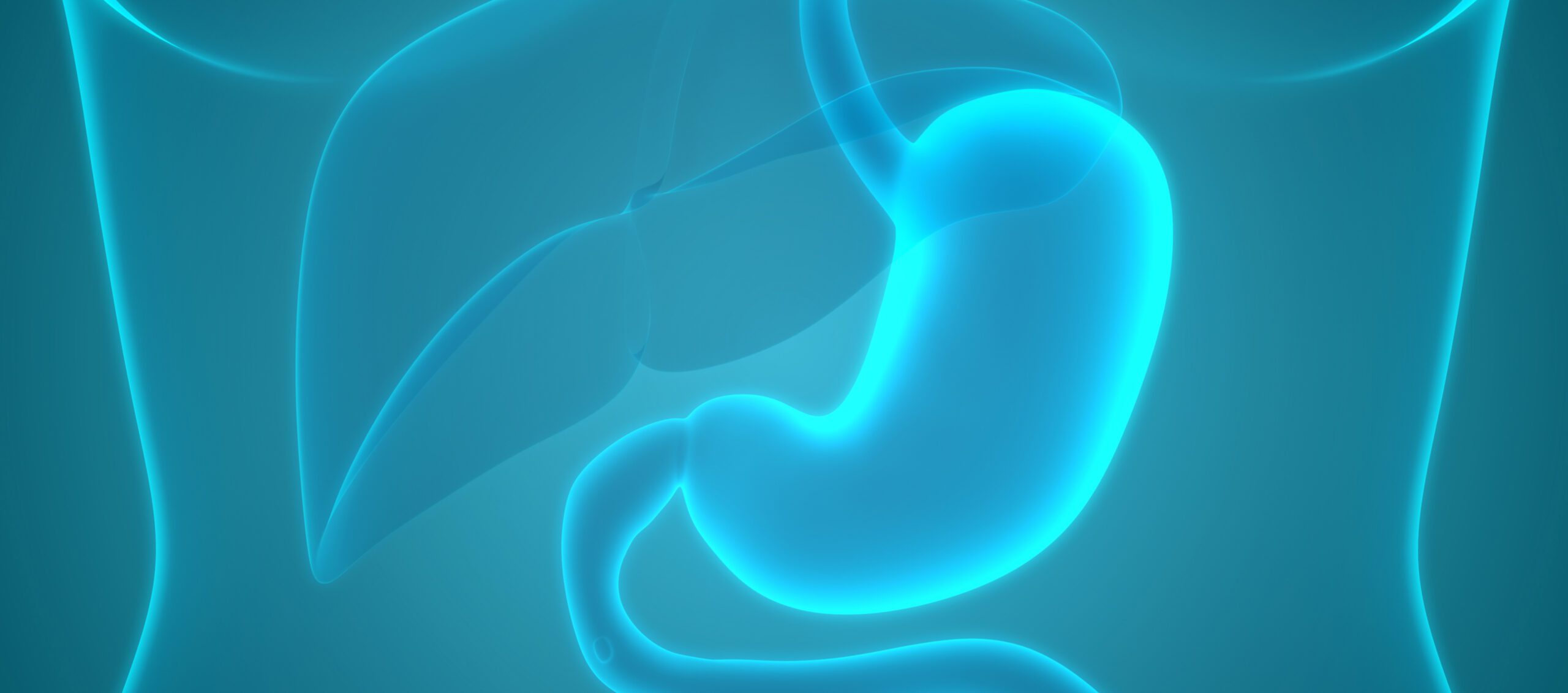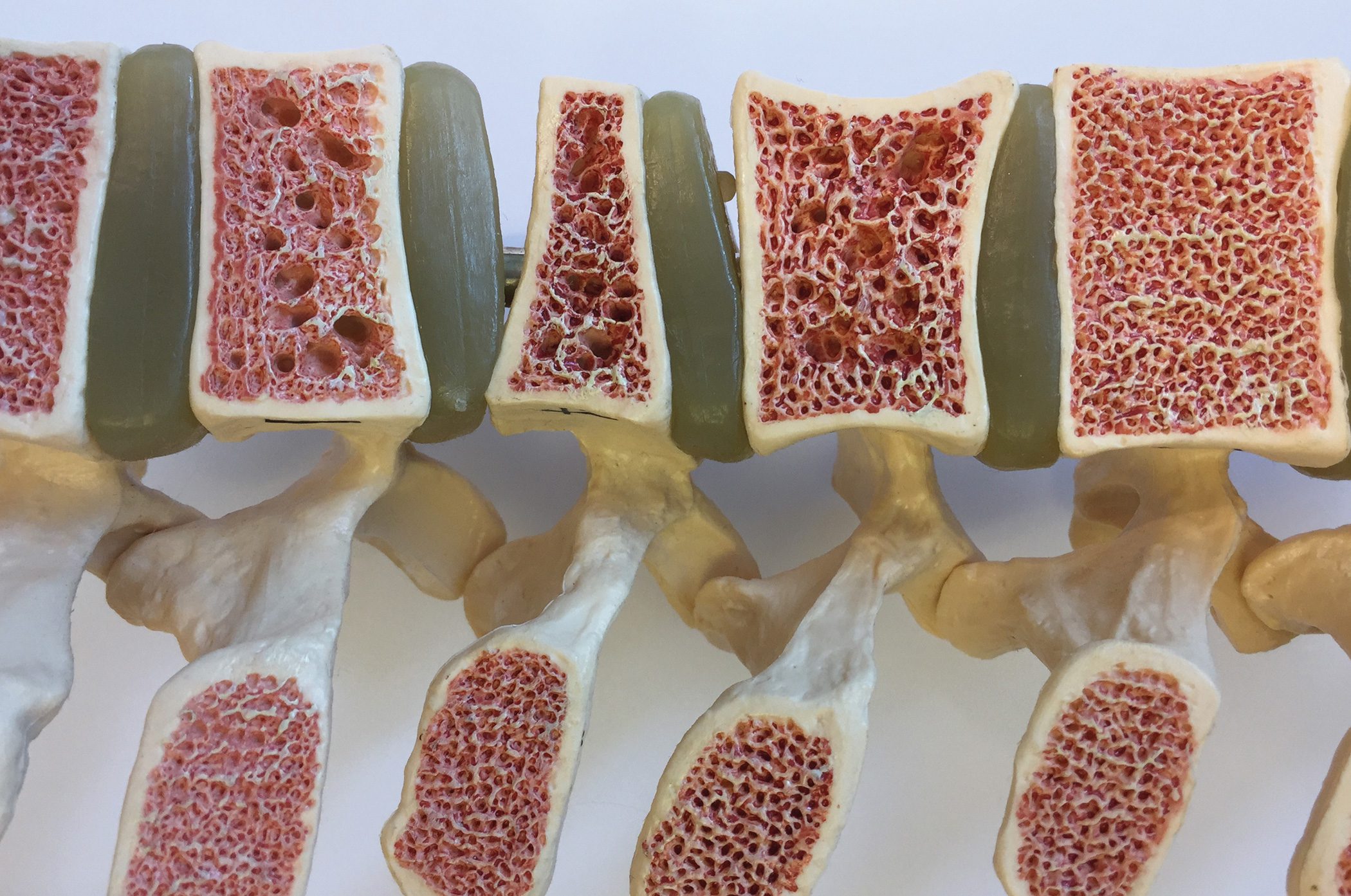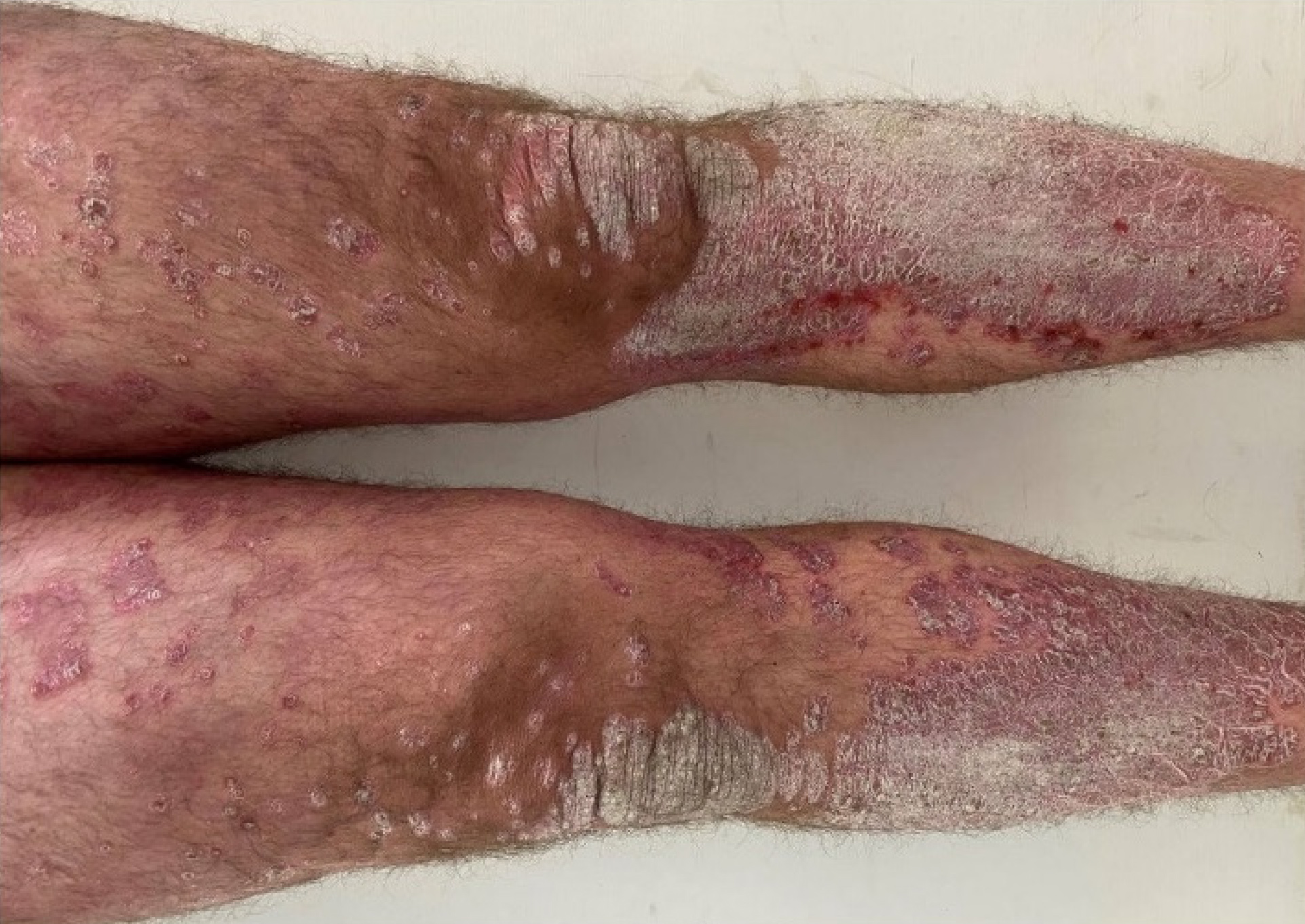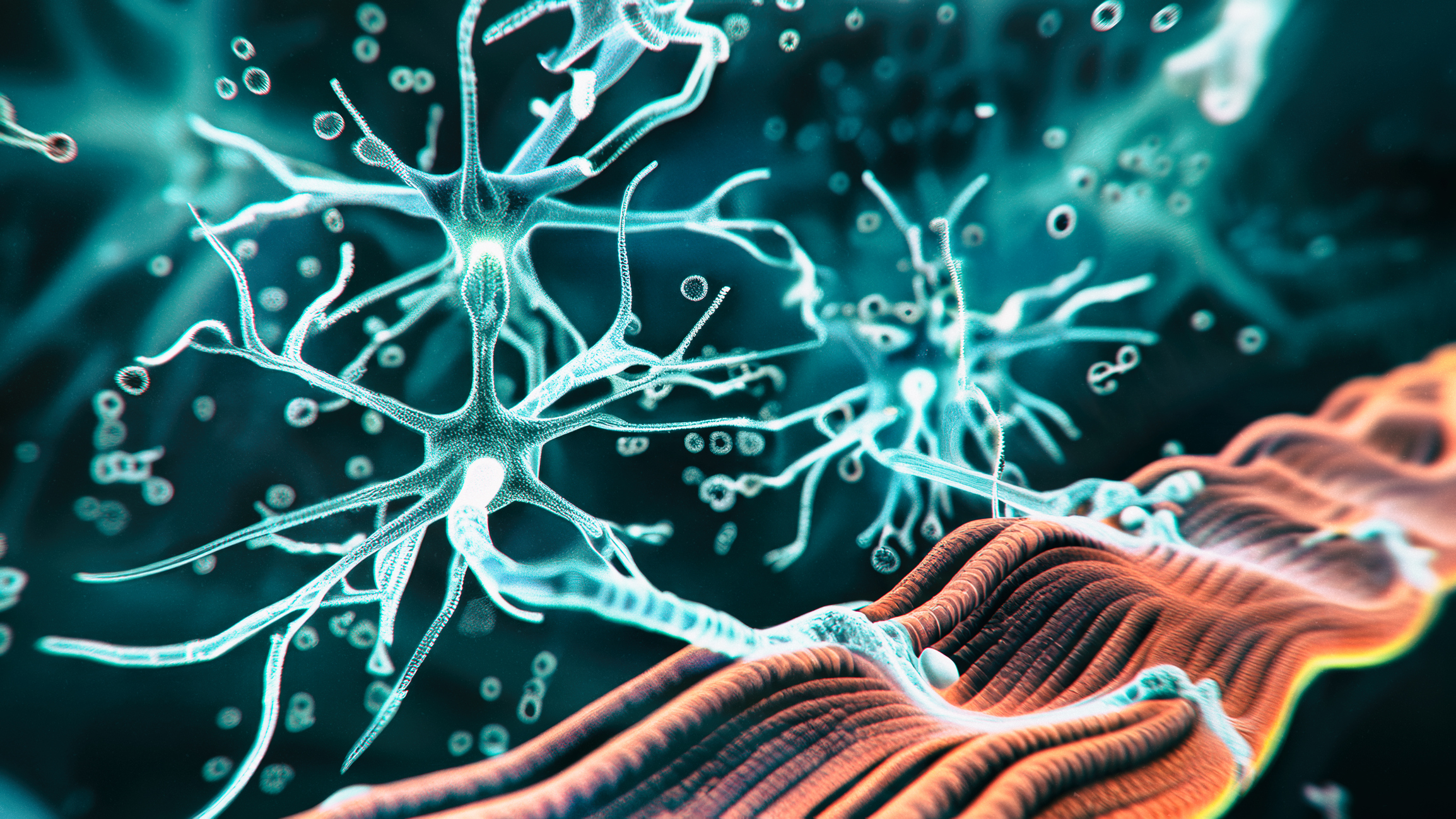Under the direction of Hans-Christoph Diener, Department of Neuroepidemiology, Institute of Medical Informatics, Biometry and Epidemiology (IMIBE), University of Duisburg-Essen, and Prof. Dr. Peter Kropp, Director of the Institute of Medical Psychology and Medical Sociology, University Medical Center Rostock, Germany, the S1 Guideline on Medication Overuse Headache (MOH) was developed. updated and published. The worldwide prevalence of MOH ranges from 0.7% to 1%, and its treatment results in societal costs that are three times higher than those of episodic migraine.
Several new findings necessitated the revision of the 2018 guidelines: The International Headache Society (IHS) classification of headache had further specified Medication Overuse Headache (MOH). In addition, monoclonal antibodies against CGRP or the CGRP receptor, such as topiramate and onabotulinumtoxinA, were shown to be effective not only in the prophylaxis of chronic migraine but also in headache caused by overuse of analgesics or migraine medications. However, the guideline authors emphasize that nonpharmacologic measures must complement pharmacologic prophylaxis in MOH. The greatest risk of relapse, he said, is in the first year after a medication break or withdrawal.
MOH is said to occur when headaches occur on more than 15 days per month and are treated with one or more pain medications for a period of more than three months. For triptans, use on more than 10 days per month is required for diagnosis.
The most important risk factors for MOH, the guideline states, are preexisting primary headache, such as migraine or tension-type headache, female gender, >10 headache days per month, low social status, other chronic pain disorders, stress, physical inactivity, obesity, smoking, dependent behaviors, and psychiatric disorders such as depression or anxiety disorder.
Furthermore, the guideline provides an update on therapy, which should be performed in several stages. The success rate of such a staged therapy is about 50-70% after 6 to 12 months. There is a high rate of relapse, especially among patients with opioid overuse, he said. The levels include:
- Patients with medication overuse (MO) or medication overuse headache (MOH) should first be educated about the relationship between frequent use of symptomatic headache medication and chronicity of headache. The goal is to reduce and limit the use of acute medication.
- As a second step, prophylaxis should be initiated in patients with migraine and overuse of pain or migraine medications (MOH). Topiramate, onabotulinumtoxinA, and the monoclonal antibodies to CGRP or the CGRP receptor may also be effective during existing drug overuse. In patients with tension-type headache, drug prophylaxis is with amitriptyline. Drug prophylaxis should be supplemented by non-drug measures.
- In patients for whom education and drug prophylaxis are not sufficient, an alternative is a medication break, which should be carried out on an outpatient, day-care or inpatient basis, depending on the constellation.
- Inpatient withdrawal treatment should be provided for sufferers with headache from opioid overuse.
- Tricyclic antidepressants, neuroleptics (antiemetics), and administration of steroids are recommended for treatment of withdrawal symptoms or headache during the medication break.
- Consistent patient education and continued close follow-up reduce the risk of relapse.
“The importance of the guideline is that it draws attention to the problem of MOH and also makes physicians aware of the problem,” explains guideline author Diener.
Original publication:
https://dgn.org/leitlinien/ll-030-131-kopfschmerz-bei-uebergebrauch-von-schmerz-…







